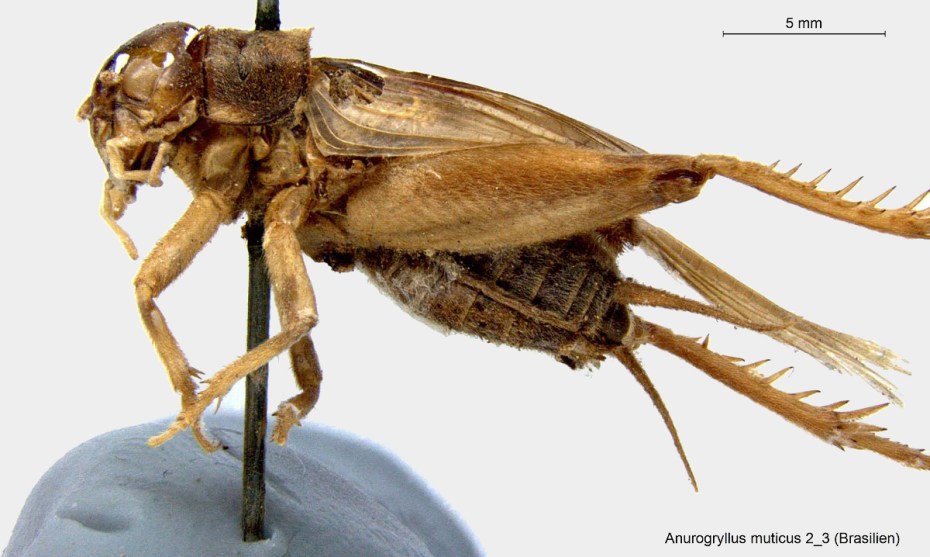
One down, 700 million to go.Zoologische Staatssamlung München
You all remember the “sonic attack” on the US Embassy in Havana? It was weird as hell. People who worked there complained of a high-pitched sound and became sick in startling numbers. The effects, which doctors said were similar to a concussion, lingered long after the victims had returned home. But no one could figure out what happened. Even after an exhaustive investigation, no one found any evidence of a Cuban attack, or even any good theory of what it could have been. And why would the Cubans attack American embassy personnel anyway? They were eager for the diplomatic recognition that President Obama had given them.
Well, now the story is even weirder. An audio recording of the high-pitched sound was released to the AP, and from there it made its way into scientists’ laboratories:
A fresh analysis of the audio recording has revealed what scientists in the UK and the US now believe is the true source of the piercing din: it is the song of the Indies short-tailed cricket, known formally as Anurogryllus celerinictus….“The call of this Caribbean species is about 7 kHz, and is delivered at an unusually high rate, which gives humans the sensation of a continuous sharp trill.”
…..But the cricket’s mating call and the Cuban recording did not match up perfectly. The sound recorded in Havana had an uneven pulse structure which is not seen in calling insects. Stubbs and Montealegre-Zapata realised that the discrepancy might be down to the environments in which the recordings were made….The researchers tested the idea by playing the call of the Indies short-tailed cricket in a room through a single loudspeaker. Recordings from the room show that the sound gained the same uneven pulse structure seen in the Cuban recording. The two sounds matched even more closely.
So it was crickets. This still leaves a bunch of unanswered question, chief among them why American diplomatic personnel in Havana seem to be so sensitive to the 7 kHz call of an Indies short-tailed cricket. But I suppose that’s a question for another day. For now, it appears the Cubans are off the hook.

















